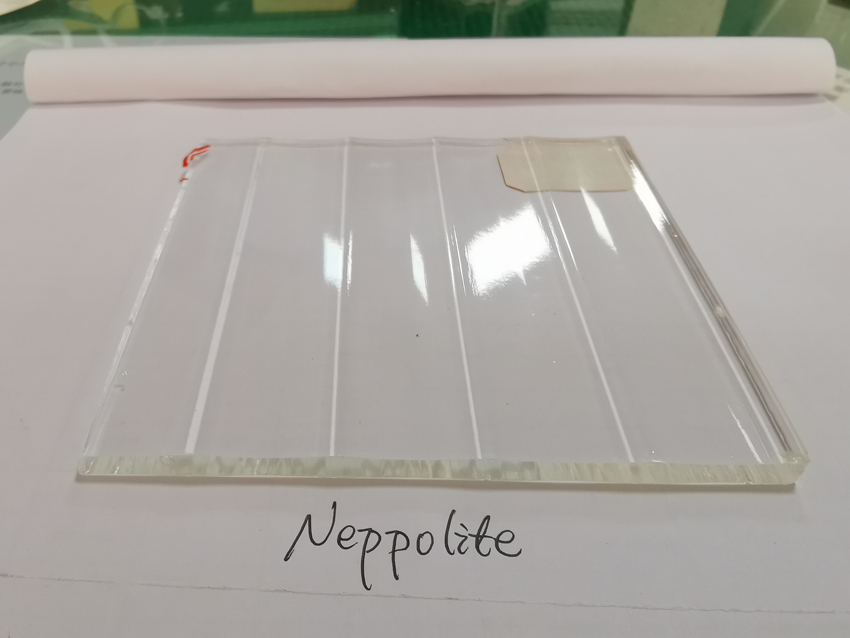It has long been recognized that improper cleaning of cuvettes can lead to significant experimental errors. However, it is only in recent years that the impact of incorrect cuvette selection on measurement accuracy has become more widely understood. In this article, we will discuss how to choose the right cuvette, best practices for their use, and effective cleaning techniques to ensure accurate and reliable results.
1. Proper Cuvette Selection
The light-transmitting surfaces of a cuvette are made from materials that allow light to pass through within the specific wavelength range being used. For measurements in the ultraviolet (UV) range (200–350 nm), quartz or fused silica cuvettes are required due to their transparency in this region. Quartz cuvettes are suitable for both UV and visible light, but they tend to be more expensive. Therefore, it's important to select a cuvette based on the wavelength you're working with. If your experiments do not involve the UV range, standard glass cuvettes are a cost-effective option. Additionally, silicon-based or acid-resistant glass cuvettes are only suitable for the visible spectrum (350–1000 nm).
2. Correct Use and Precautions
When using a cuvette, it is essential to ensure that the two transparent sides are parallel and placed vertically in the cuvette holder. This ensures that the incident light is perpendicular to the transmitting surface, minimizing light reflection and maintaining a stable optical path during measurements.
Cuvettes are typically rectangular prisms, with frosted glass on the bottom and sides, and two polished optical surfaces on the other sides. To ensure accurate readings, keep the following in mind:
- Always handle the cuvette by its frosted sides to avoid touching the optical surfaces.
- Avoid contact with hard objects or dirt on the optical surfaces. When filling the cuvette, fill it to about two-thirds full. If there are residues on the optical surfaces, gently blot them with filter paper and then wipe with lens paper or a soft cloth.
- Do not leave corrosive solutions in the cuvette for extended periods, as they can damage the material.
- After use, rinse the cuvette immediately. If necessary, soak it in 1:1 hydrochloric acid and then rinse thoroughly with water.
- Never expose the cuvette to direct flame, electric furnaces, or dry ovens, as this can cause deformation or cracking.
- If you suspect a mismatch between cuvettes, you can test them by setting the spectrophotometer to the actual wavelength used, filling a set of cuvettes with distilled water, adjusting one to 95% transmittance (or 100% on digital displays), and measuring the others. A difference of no more than 0.5% indicates they are compatible.
At Zhengzhou Weier Biotechnology Co., Ltd., we offer a wide range of high-quality products including biological agents, chemical reagents, preclinical testing kits, ELISA kits, antibodies, standards, and culture media. With a comprehensive product line and a commitment to quality, we serve both new and returning customers. Feel free to reach out for more information and assistance.
Pattern Mirror
Good abrasion resistance The glass sheet is hard in texture, the surface is not easy to be scratched, and the life is longer in normal use. The resin lens material is softer and easier to scratch. After hardening, the hardness will be better.
In addition, we also sell Silver Mirror glass, silver mirror commonly known as waterproof mirror, mercury mirror, silver-plated mirror on glass surface, glass mirror, mirror glass, etc. Silver mirrors are widely used in furniture, handicrafts, decoration, bathroom mirrors, cosmetic mirrors, optical mirrors, and car rearview mirrors.

Pattern Mirror,Mirror With Diamond Pattern,Triangle Pattern Vanity Mirror,Pentagon Antique Pattern Mirror
Dongguan Huahui Glass Manufacturing Co.,Ltd , https://www.antiquemirrorsupplier.com
